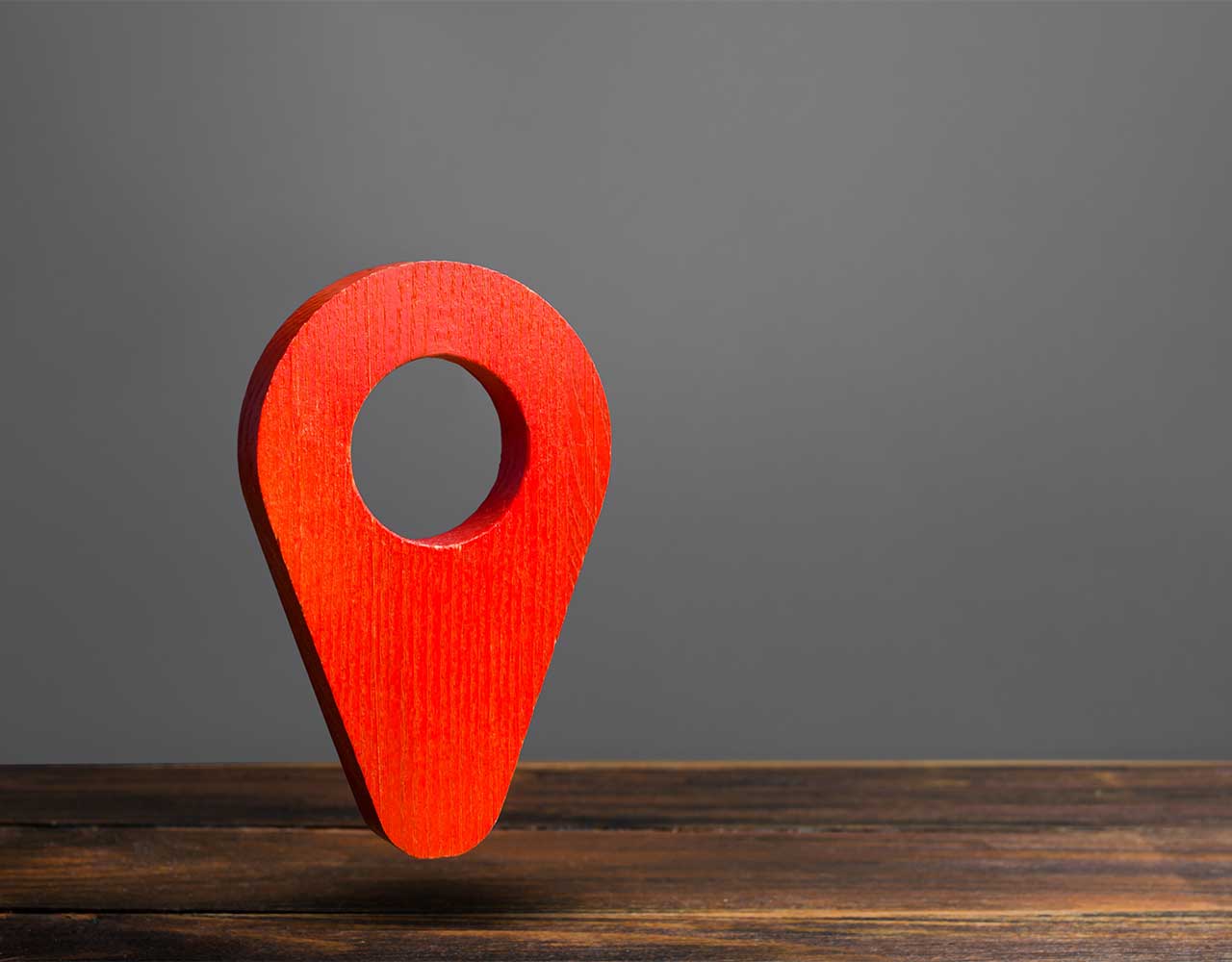
Reach the Right Users with Geotargeting
Let Geotargeting do all the work
One of the best features of Google Ads is just how many people you can reach through the platform, with over 63,000 searches/second on any given day – that’s over 90% of the global search engine market share! If you’re running large global campaigns this reach can be very powerful, letting you serve ads to users around the world. But what if you aren’t running a global ad campaign? How can you best reach the users that matter to you?
The solution is geotargeting, which is a great tool to make sure you’re reaching the right users wherever they are. It allows you to pick and choose where your ads will serve, ensuring you aren’t wasting your spend on users that aren’t in your target locations. So how does it work? Let’s take a look at some geotargeting essentials to make sure you’re getting the most bang for your marketing buck.
Increase Foot Traffic with Radius Targeting
An easy mistake to make when creating a new campaign is to not pay attention to your location targeting. For instance, if you run a storefront in Downtown Toronto and heavily value foot traffic, it doesn’t make sense to just target the city, but rather to target a radius of 1 kilometre or more around your store and apply a bid adjustment. One of the most effective strategies for businesses with a physical storefront is to target multiple locations and radiuses around you and apply scaling bid adjustments, letting you prioritize serving your ads to users that are closer to your store and more likely to convert.
Leveraging Geographic Reports
But what if you run a digital-only company and all your conversions happen online? How do you best reach your customers then? A good strategy there would be setting a broader target location initially, then leveraging Google’s Geographic Report to refine your targeting. For instance, if you run an ecommerce operating in Canada but don’t know which cities to focus on, you can pull up the Geographic Report and break down the country by region, municipality, neighbourhood, district, and more. The Geographic Report can be found on the Locations tab of your Google Ads account:
If you’re looking for efficiencies within target locations, the Geographic Report breaks out your highest-level targeting location to tell you which specific location has the most valuable users, allowing you to focus more of your time and resources on what’s working.
Targeting Settings
Once you’ve chosen your target locations, it’s important to set the location options to target only those within that geo:
Though Google recommends that you set these target options as broadly as possible, a user that’s “interested in your targeted location” is not the same as a user that’s ready to complete a conversion action. Someone living in Brampton might frequently show interest in Downtown Toronto, but that doesn’t mean they’re interested in going to your storefront because that’s not what they’re searching for. If they’re not in your target location, then you shouldn’t waste your spend on them.
Think Outside the Box
Now that you’ve set up your radiuses, decided which cities you want to run your ads in and have updated your settings you might think you’ve exhausted all your targeting options, but there’s still more you can do. So how do you get the most out of your geotargeting?
You think outside the box.
One of the best features of Google Ads is how granular you can get with your locations, which opens up some pretty precise targeting opportunities.
Trying to reach university and college students with discounts on laptops? You can target their campuses with special offers and increase your bid adjustments to dominate that space.
Want to raise awareness for your new smart suitcase? You can target frequent flyers at any of the major airports.
You can even bring offline insights to improve your geotargeting. Noticed that your best direct mail responses came from certain neighbourhoods? You can target those postal codes with unique messaging and promotional offers to re-engage an active audience.
Getting creative with Google’s geotargeting lets you reach the exact locations with your most valuable customers.
Outro
With such an expansive toolkit at your disposal, your location targeting can be as broad or narrow as you want. However, the key to a successful geotargeting strategy isn’t to be in every location possible, but to make sure you’re meeting your audience where they are. Honing in on the right locations will help you maximize your marketing spend by reaching your most valuable customers in the right place.
Are your campaigns reaching the right users? Request an audit and see how we can help improve your geotargeting.
